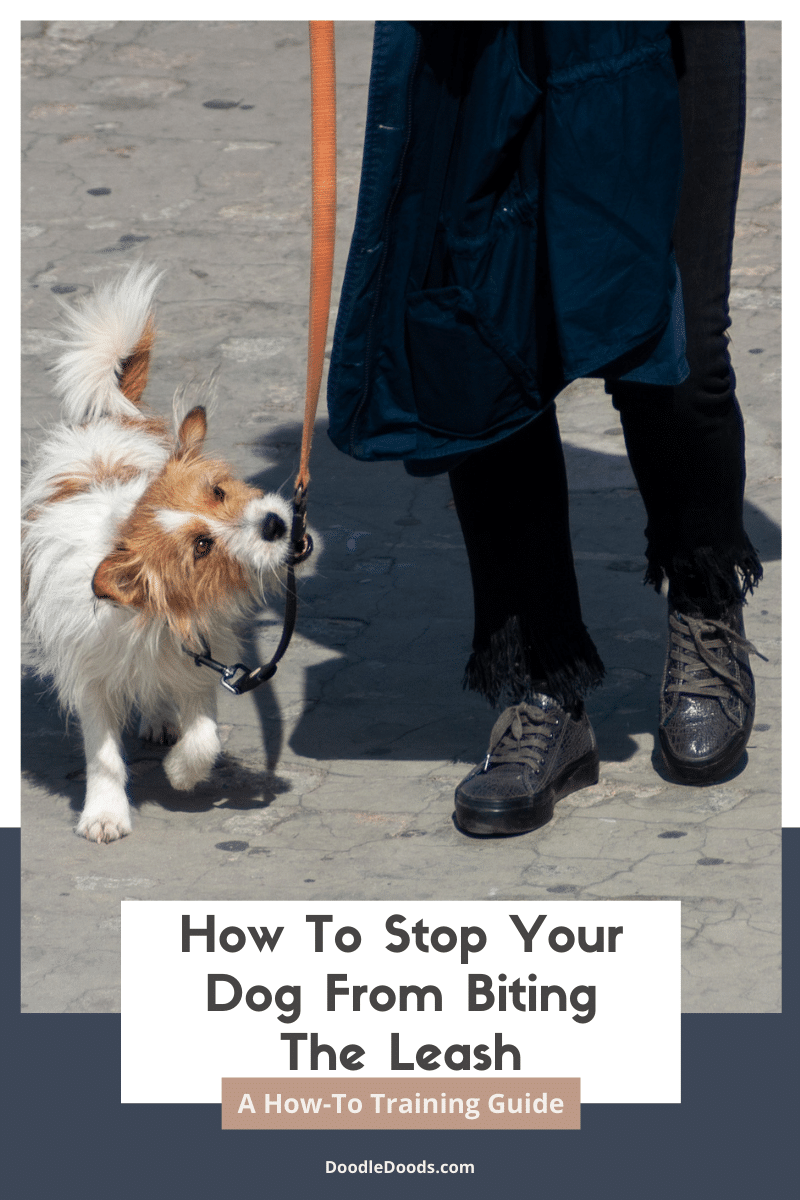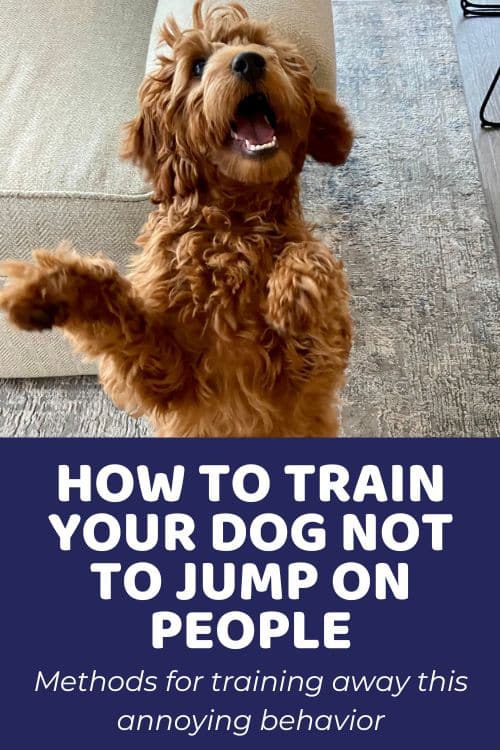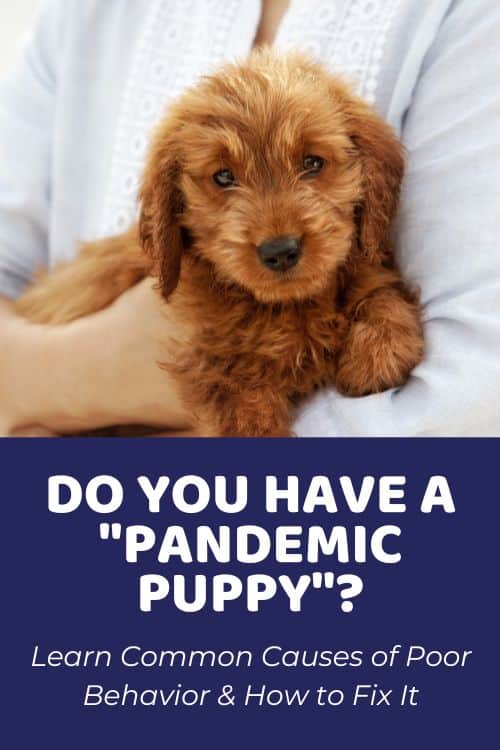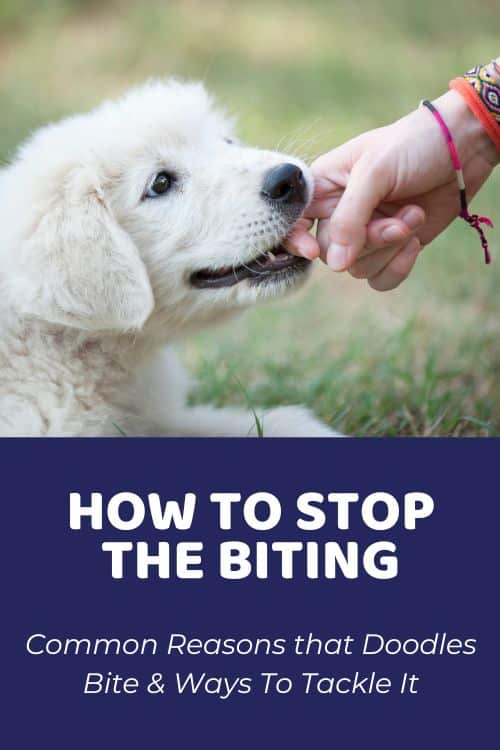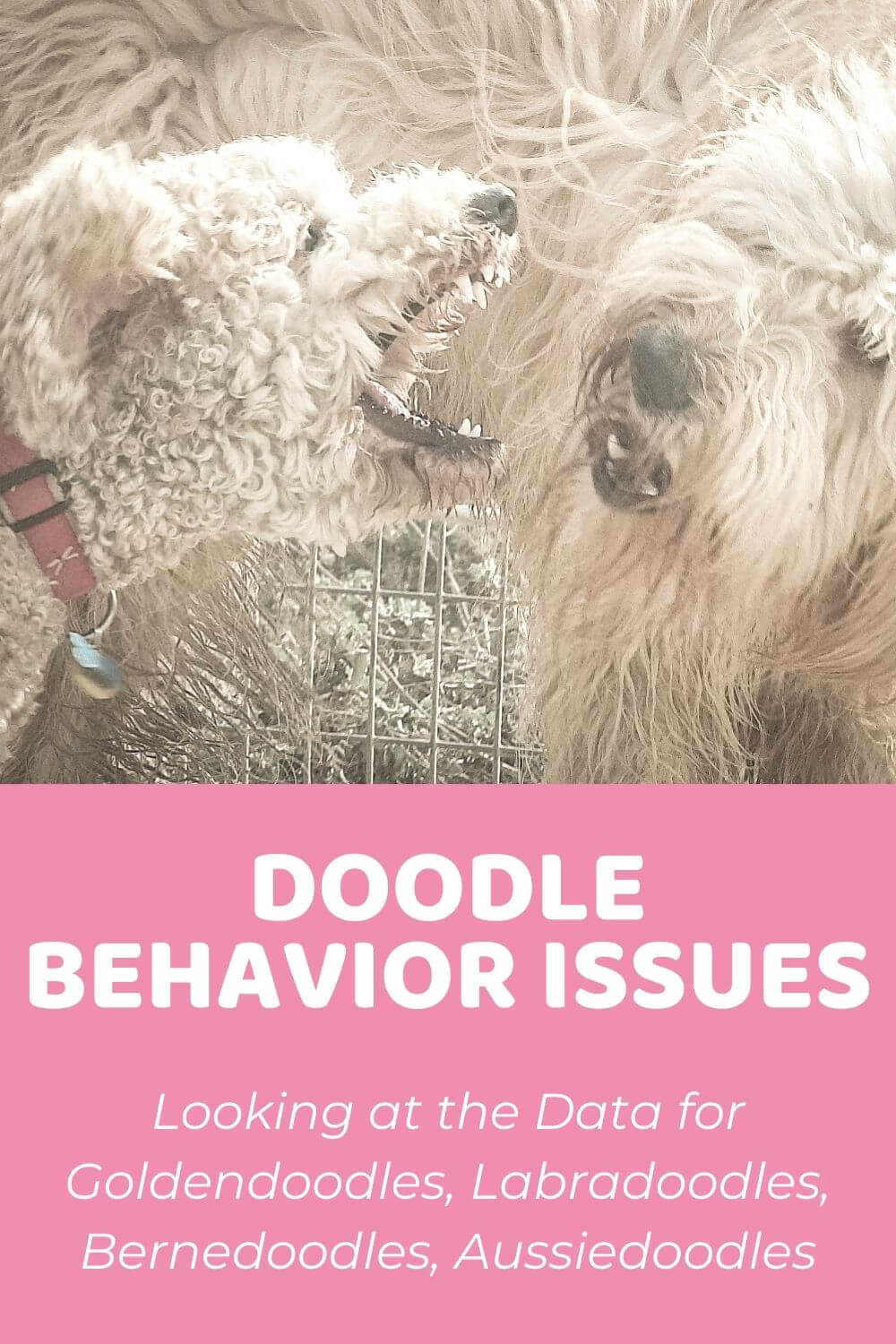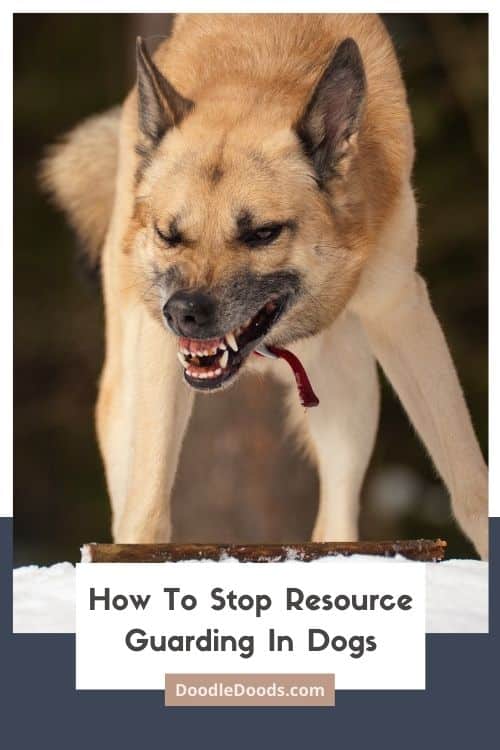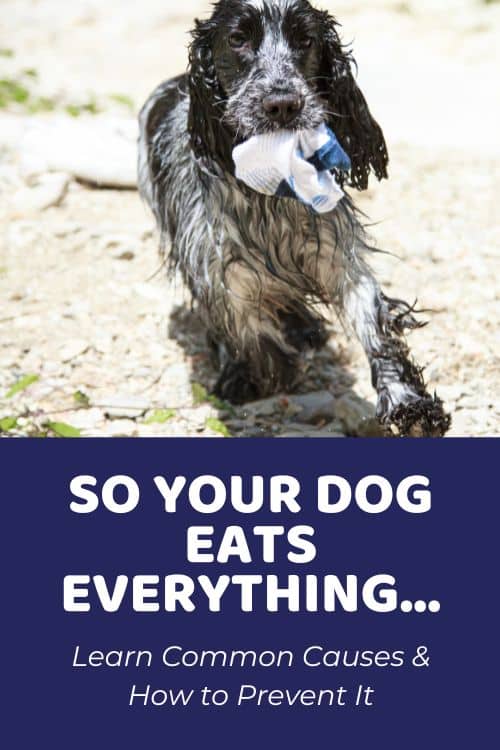Let’s face it; some pet behaviors are worse than others. In the grand scheme of things, you might consider leash biting to be relatively mild. However, if your dog is doing it with too much intensity, you might worry about them accidentally catching your hand, their teeth getting hurt, or the leash being tugged from your grasp. This last one, in particular, could be a big problem if you’re near a busy road, for instance.
Add to that the very real issue of leash wear and tear (even top-quality products are not going to hold up to too much mouthing…), and you may decide you’d quite like to do something to reduce this behavior after all. Whatever your reasons for wanting to tackle your pup’s leash biting, there are plenty of effective ways to go about reducing and even eliminating it altogether.
Here we’ll talk you through some of the reasons dogs like to mouth their leash in the first place and what you can do about it.
Table of Contents
- Why Does My Dog Bite The Leash When Walking?
- How To Stop Your Dog Biting Their Leash
- Common Mistakes To Avoid When Training Your Dog Not To Bite The Leash
- Frequently Asked Questions About Dog Leash Biting Behaviors
Why Does My Dog Bite The Leash When Walking?
There’s no one-size-fits-all reason why dogs like to chomp down on the leash at walkie time. However, you can be sure that they have (to their mind, at least) a good reason for it. Determining just what this reason is, is the first step in figuring out how to discourage the behavior. This will tell you if you need to do something to help keep your hound’s emotions in check or whether you can jump straight to training.
In most cases, your pup’s motivations will be pretty obvious. After all, no one knows your dog like you do. However, if you’re finding it tricky to ascertain what’s going on with your fur baby, there are a few things to be on the lookout for:
- When the behavior occurs. Does Fido like to attack their leash at the start or end of the walk, for example? Or maybe it’s when you get to the park just before you let them off their leash? Or even when you put it back on to head home?
- Specific triggers that begin or worsen the behavior. Does your dog bite more when you are in sight of strangers, others dogs, or small fluffy animals? Are they generally fine until they are prevented from doing or accessing something?
These will provide the first clues as to whether the action is outside their control (prompted by excitement or fear) or something they have learned to do (perhaps to gain your attention or some other kind of reward).
Here are some of the more common reasons why leash biting happens:
Being On A Leash Is Uncomfortable For Your Dog
With puppies that have never been on a leash before, there’s bound to be some adjustment period. They are, after all, used to being able to roam where they want, and now suddenly, they find themselves restricted. Make sure to also check that there are no sharp points on their harness that might be sitting uncomfortably or that their collar is not too tight. Once you’ve ensured this is not the case, there’s not much you can do except sit tight and wait for your mutt to get used to things.
Your Dog Wants To Play With You
Typically with younger or highly energetic dogs, mouthing on the leash is simply another form of play. They will grasp onto it in the same way they would with a fun tug-of-war toy. This action is generally linked to prey-drive instincts of catching hold of something dangling around in front of them. This means some Doodle mixes will be more prone to it than others. If your pup is making a show of shaking their head all about when the leash is in their mouth, this is most likely what you’re dealing with.
Your Puppy Is Overstimulated
Any excitement, such as the sort felt right at the start of a walk or when favored playmates come into sight, can further heighten this instinct-driven behavior. Younger dogs often feel emotions intensely and haven’t yet mastered the art of self-calming the way that older dogs have. This will be made even worse if your pet’s been shut up at home all day with no energy outlet. It might be that once your pal has passed their second birthday, this stops, but don’t count on that being the case.
Frustration Is Driving Your Dog To Act Out
In the same way, excitement aimed at something without being realized can also lead to undesirable actions like leash biting. If your hound feels frustrated because their leash is preventing them from doing something they really want to do or from getting to something they really want to see, this could be the root cause. Dog trainers refer to this as “barrier frustration.” The behavior is more likely to increase in intensity as they get more and more worked up rather than to stop or improve in any way.
They Are Trying To Get Your Attention
At the other end of the scale from the more straightforward emotional reactions, your dog may be tugging on the leash because they’ve learned it’s an excellent way to get your attention. The sad reality is that undesirable behaviors are pretty good for this, and every time your pup gets what they want this way the action becomes further reinforced. It doesn’t necessarily matter what form the attention takes – fussing or shouting. If this is the case, the only way to proceed is to train your pup out of it.
How To Stop Your Dog Biting Their Leash
Once you have ascertained why your dog is biting their leash (don’t discount that it could have more than one cause), you’re in a better position to start putting some ideas for how to eradicate the behavior. As touched on above, different reasons require slightly different approaches. It might be that you include a few of the ideas covered below to set your pooch up for a better chance of success.
Whatever road you choose, the key thing to remember is that change takes time. This is even more so with older dogs who have incorporated these unwanted behaviors into their habits. Keep calm and be patient, and you’re more likely to get the result you’re looking for. We’ll also touch on a few more things not to do when training your Dood not to bite their leash right at the end of this article.
Change How You Leash Your Dog
The easiest way to start adjusting your bud’s behavior is by altering their environment to reduce their access to the trigger or stimulus. When it comes to leash bitting, there are two key ways to do this:
- Use a harness with a back clip. This will place the leash behind your pup rather than having it dangling temptingly in their face. If prey drive is at the heart of your dog’s behavior, this simple step could be the key to stopping it right away.
- Either add a lightweight chain to your dog’s current leash or switch it out for a chain leash (just ensure it has an easy-grip handle). Dogs don’t typically like to bite these as they are cold and unpleasantly unyielding, unlike their regular prey.
Keep Your Pup Well Exercised
In addition to this, you might consider upping your pooch’s walk time as a way to dispel some of their excess energy. When they are more on the level due to being nicely exercised out, they are less likely to be overstimulated and react badly to triggers. Doing this each day and keeping walk times consistent also means that your pup knows to expect a decent walk and, consequently, will get less worked up about it. Plus, boredom lies at the root of many bad behaviors, including chewing and barking, and more walking can banish these, making this one an all-around win.
Include Mental Stimulation in Your Daily Routine
Speaking of boredom… dogs, especially bright-spark Doodles, require plenty of mental exercise too. Interactive toys such as food puzzles where your pet has to figure out what to do to get at their kibble can be great for this. If you don’t have any of these to hand, opt instead for a little nose work. This is simple; all you have to do is hide their kibble all about the garden and encourage them to track it down.
Likewise, Doods tend to adore training when it’s done in the right way because it gives them to think about while making them the focus of your attention. Not only will these keep your dog’s brain ticking over, but they’ll make the boring old leash look a bit rubbish in comparison. Doing either one of these right before a walk will take the edge off, and every little helps when it comes to training your pet.
Redirect Their Attention Away From The Leash
Mainly your hound probably bites at the leash because they find it fun. The action is naturally self-rewarding. Therefore, distraction is probably your best bet for conquering this issue. If you can find something even more fun for your Dood to get involved with, or an action that comes with a high-level reward, they will pick this alternative option every time. Aside from that, you might make use of some crafty tools to help keep your pooch’s attention away from the leash.
Have Your Hound Hold Onto Something
Carrying fun objects such as balls and other toys keeps your pup’s mouth busy, making them far less likely to want to jump up for the leash. After all, these are far more exciting, especially if you pause to play with them every now and then. Tug toys can be great for this as they provide the same kind of stimulus as the leash. Just take care that your dog doesn’t suddenly drop these items without you noticing. Otherwise, you’ll find yourself frequently replacing them – an expensive hobby, for sure!
Carry Treats Everywhere You Go
High-value treats are another excellent attention grabber. When you notice your pup eyeing up the leash, simply through some of these to the ground and encourage them to “get them.” Otherwise, you might pick larger ones and throw them slightly further, having your dog “find them.” This is a great game for most Doodles.
Treats are also valuable for encouraging your canine to make you their focus of attention at all times. This is something you should aim to do whenever you can. It will help enormously with training and also with building trust. Some owners, however, like to switch these out for clicker training to prevent their pup from piling on the pounds as they get a little older.
Below The Threshold Is The Sweet Spot
If you’ve encountered desensitization techniques at all in any of your doggy research, you’ll have come across the term “threshold of reactivity.” Basically, this is the point at which your pet reacts to a specific stimulus that either frightens or excites them. The idea is to keep your pal well below this threshold while gradually exposing them to their stimulus at increasing intensity levels.
If specific triggers, such as other dogs, are to blame for your pooch’s biting behaviors, then it’s good to keep your distance from these where possible. Find the spot where they don’t react and keep them there. As they start to get accustomed to the person, dog, place, etc., encouraging leash biting, you should be able to move closer and closer while being able to keep their attention elsewhere.
Reward Wanted Behaviors
Finally, for those four-legged fiends who have developed leash biting as a learned behavior, you’ll want to take a slightly different approach. As it’s your attention that reinforces this negative action, you’re going to have to break the habit by taking away the motivation. Namely, you’ll have to try not to react when your dog does it. Instead, provide treats and attention when they are walking calmly by your side.
A good way to tackle this, if you happen to have a spare leash hanging around, is to clip both to their collar or harness, and when they start to bite, one just switch to using the other. Don’t say anything or do anything to them, just make the switch and carry on as usual. Then when your pup keeps walking, reward this now calmer behavior.
You might also try distracting your pup away from biting the leash with commands and rewards – set up an impromptu training session. Ask them to “sit,” for instance, and then dole out the treats. A further benefit of this is that this position is incompatible with leash biting – they shouldn’t be able to do both. Keep this up whenever you can, and your Dood will quickly learn the actions that do and don’t get them your attention.
Common Mistakes To Avoid When Training Your Dog Not To Bite The Leash
When your dog goes after the leash, your instinctive reaction might be to pull it away from them. However, this will only serve to make the leash more attractive to your pal. Any pulling back in this way is highly reinforcing, as pups just love to tug on things. You might even already play such games with your pet, so you can see why this kind of “enjoyable resistance” might be confusing for them.
You should also avoid punishing your dog for mouthing or biting on the leash (or any other unwanted behavior, to be honest). This could go two ways, either it will get them even more riled up, and the biting will just get worse, or you will create the kind of anxiety in your pup that will be harmful to your relationship and could lead them on to exhibit even more, possibly much worse unwanted behaviors.
Frequently Asked Questions About Dog Leash Biting Behaviors
Generally, a dog bites on their leash because they are feeling an intense emotion (usually excitement at the prospect of a trip down to the park) or because they have learned this is a good way to get your attention. You will need to deal with this by lessening the impact of that emotion or by teaching them you won’t respond to it.
Puppies tend to bite their leash either because they are not yet comfortable wearing them (make sure that there isn’t something about the harness or collar that’s physically painful or irritating) or because they think it’s all part of some game. You should be able to distract their attention away with toys and treats as they get used to it.
As leash biting is often linked to excitability, and puppies have a harder time controlling such emotions, you may notice that your pet grows out of this behavior as they get a little older (around the age of two). You can’t count on this being the case, though, if you have somehow inadvertently reinforced the behavior.
One way to ensure your puppy can’t bite their leash is to get a harness with a back clip. This setup stops the leash dangling about in your dog’s face making it a far less tempting target. They may not even be able to reach it at all. Another approach would be to add a chain to the leash or get a chain leash – these are not so fun to bite.
Leash biting is a typical canine behavior – especially in breeds used in hunting and retrieving. These dogs tend to have higher-that-average prey drives and will be keen to sink their teeth into anything moving in front of them. This isn’t necessarily something you need to worry about, but it’s good to train it away as soon as possible so the problem doesn’t escalate.
Your dog biting on the leash while you’re out walking with them will likely be more of an irritating hindrance than a truly dangerous behavior. However, it’s not a good idea to let them get away with such things or to encourage them by giving them any kind of attention. Instead, you’ll want to take a look at why your pup might be behaving this way and take steps to correct the actions. Hopefully, the details in this article have provided some useful insights into what inspires leash biting in dogs and the steps you can take to encourage them to behave differently.

